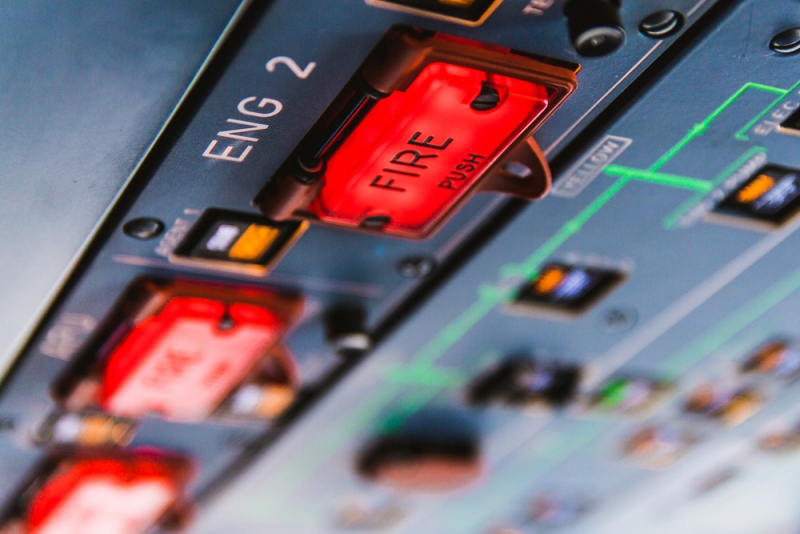Aviation Safety (AVS) is a branch of the Federal Aviation Administration (FAA). This government organization handles the certification, production, approval, and continual airworthiness of aircraft. It also oversees the certification of pilots, mechanics, and all others in positions relevant to air safety. And it’s responsible for the certification and safety oversight of more than 7,000 U.S. commercial airlines, as well as the certification for all operational and safety maintenance enterprises in domestic aviation. Aviation safety is similar to, but not the same thing as, avionics safety.
Avionics refers to the electronic systems used in aircraft, spacecraft, and satellites. Everything from regulating fuel systems to designing the most complex radar and sonar systems is covered under avionics. The phases of avionics safety include design, construction, analysis, and testing of all electronic systems. The goal is to produce systems so that no hazardous operations can be performed with them, and when this is impossible, measures must be taken to manage risks to an acceptable level.
ARP4761A
The ARP4761 can be thought of as a guidebook for aircraft safety, although its scope is actually much greater than that. The more than 300-page book is titled Guidelines and Methods for Conducting The Safety Assessment Process on Civil Airborne Systems and Equipment and is authored by SAE International. It’s part of Aerospace Recommended Practice, an overall guideline for the safe development of civil aircraft and systems. In addition to being a tutorial for aircraft safety, it also teaches how to apply theoretical analysis techniques to ongoing situations regarding aircraft safety. It’s considered foundational reading for aircraft regulations, as safety is ultimately the most important factor. Other mandatory reading includes the ARP4754A, or Guidelines for Development of Civil Aircraft and Systems, as well as multiple books in the DOJ series dealing with Systems Development Lifecycle Guidance.
Aviation safety via ARP4761A is required for all avionics systems, and there is constant safety feedback provided through the development of all aircraft hardware and software development. The safety assessments conducted in avionics strive to ensure the safety of each aircraft, its crew, and all occupants, and it’s no exaggeration to say these assessments are the most crucial part in avionics development. A thorough safety assessment process allows for safety optimizations through close analysis, architectural improvement, component selection, and rigorous monitoring and maintenance.
Common cause analysis
Common cause analysis is crucial in all high technology industries that incur great risk to prevent common cause failures. What this essentially means is that all reasonable efforts should be made to ensure that aircraft systems and components can operate independently from each other so that a single failing system isn’t able to cause multiple failures throughout the aircraft. In situations where independence can’t be assured, dependence must at least be deemed acceptable. CCA has three main areas of study:
Zonal Safety Analysis (ZSA): This analysis ensures that systems and equipment installed in each zone of an aircraft are sufficiently safe in their installations, potential to interfere with other systems, and potential for malfunctions.
Particular Risks Analysis (PRA): Particular risk refers to potentially catastrophic events outside of the systems, such as fire, lighting, leaking fluid, or other hazards. The analysis is conducted to ensure as best as possible that such events won’t influence the independence of aircraft systems.
Common Mode Analysis (CMA): This analysis is performed to include the independent nature of each separate event that could combine to form a failure state in an aircraft. Essentially, it must be assured that no single event could lead to a failure condition.
The full ARP5761A is much more comprehensive, but these are the basic contents one can expect to find within it.
